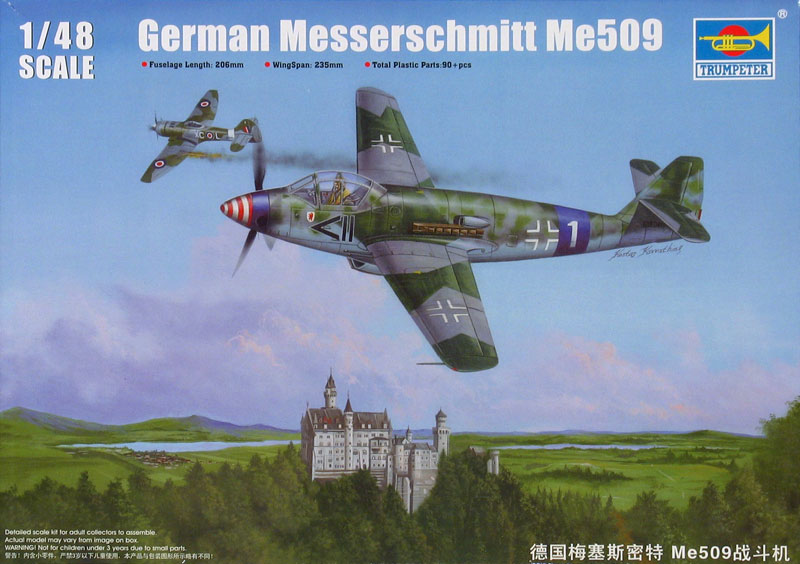I'm perfectly willing to believe it, but how was it "proven" that the Ta-183 could fly the way it is portrayed, since nothing like it has ever flown?
The problem with a T-tail on a short fuselage apparently, beyond the stability issues that also came up, is that in a stall the tailplanes are "blanketed" by the wings, and thus no easy or quick stall recovery can be done... Tank's later Pulqui II handling and performance is not confidence-inspiring as to the soundness of a very high T-tail on a short fuselage...
It is true this may not apply to the Ta-183, which I just found out used the horizontal tail surfaces only as a trim surface, and the elevators were actually in the wings in the form of elevons, just like a tailess type like the Me-163... So essentially the Ta-183 is a tailless design, unlike the Pulqui II...
Apparently in the IL-2 game they did not know about this, or maybe they changed the tailplanes to work as elevators, as a concession to what was known to work(?)... (I've never played the game btw) Given that the horizontal tail surfaces do not work as elevators on the Ta-183, I'll concede to you that we just don't know if it would have worked or not, so I'll agree modifying the model's tail would no longer be something I would think of as important...
Interesting thread on the issue:
http://www.ww2aircraft.net/forum/polls/ta183-vs-vampire-19263-2.html You have to wonder why the Ta-183 design was changed so much with the Pulqui II, given that Kurt Tank had more knowledge by then...
Gaston





 Russell
Russell


































